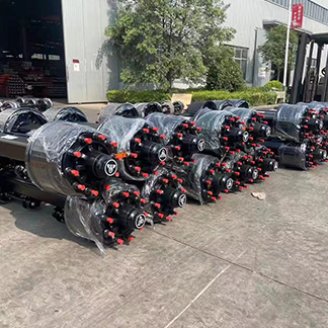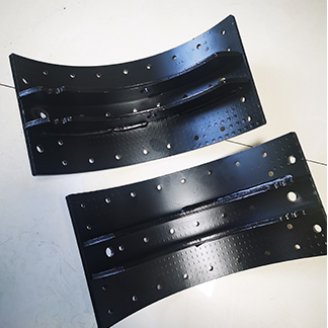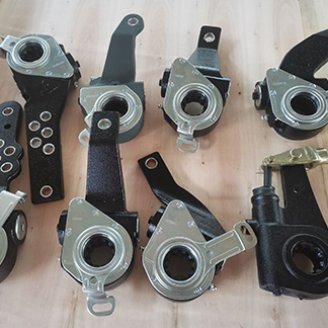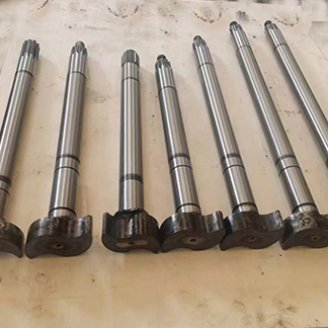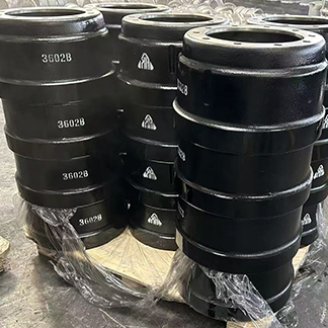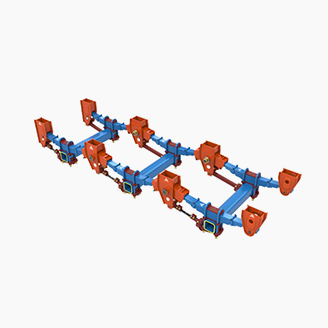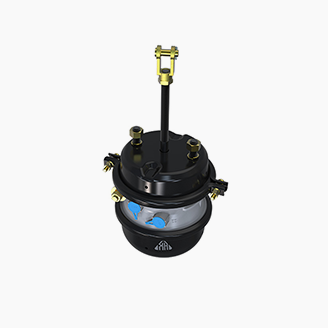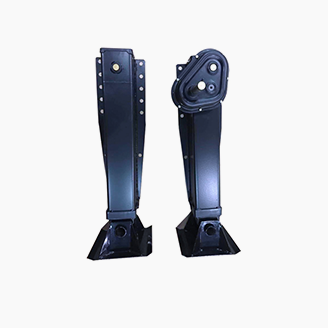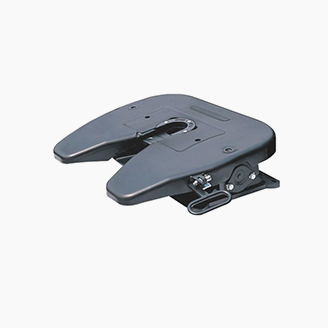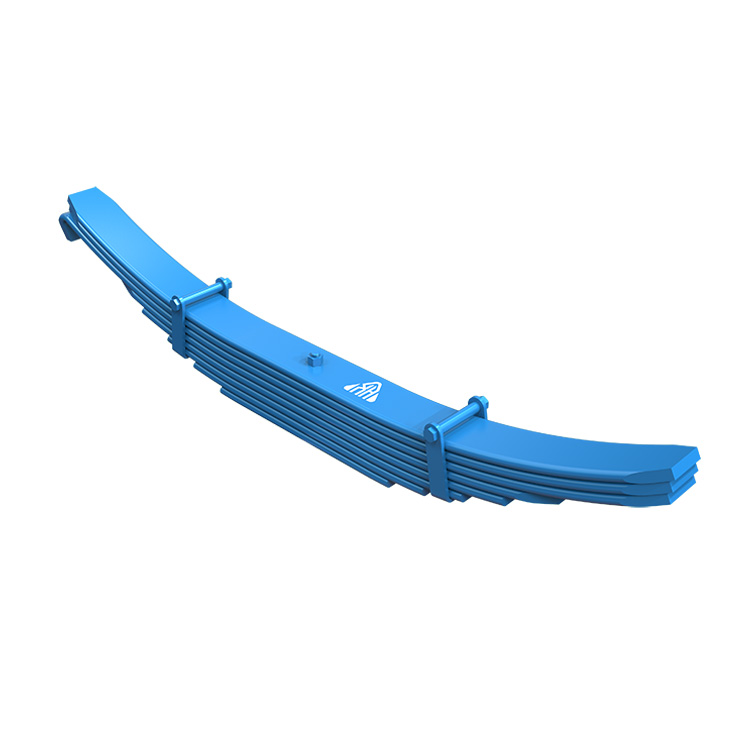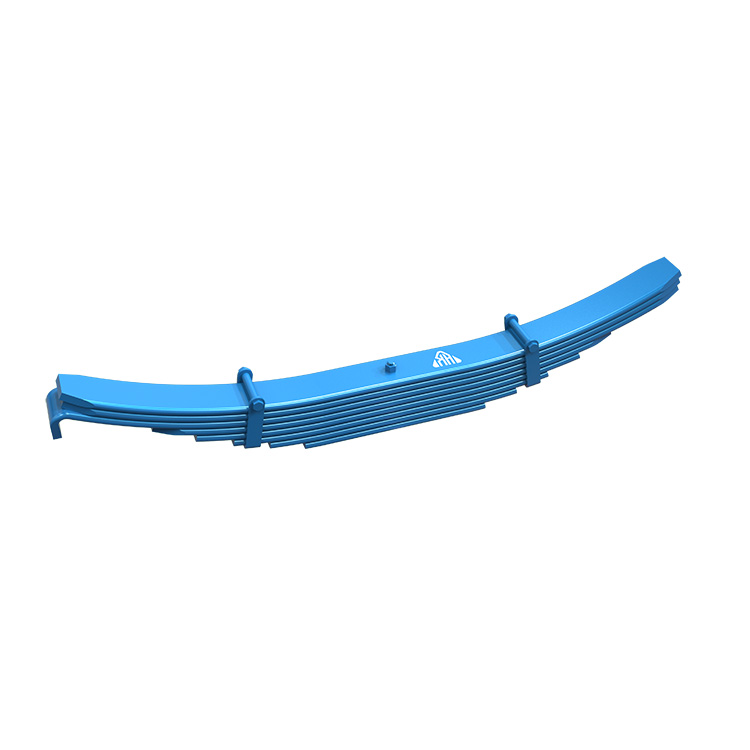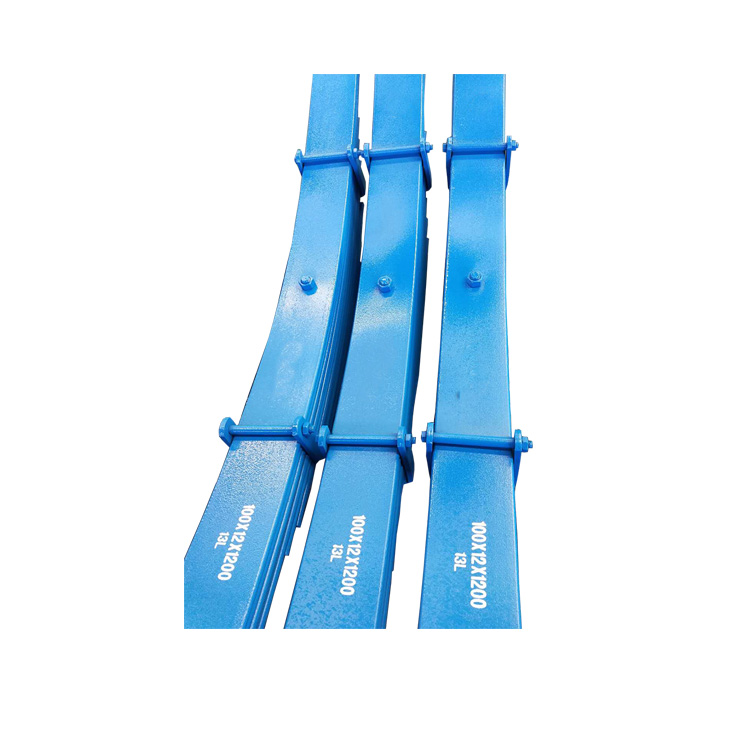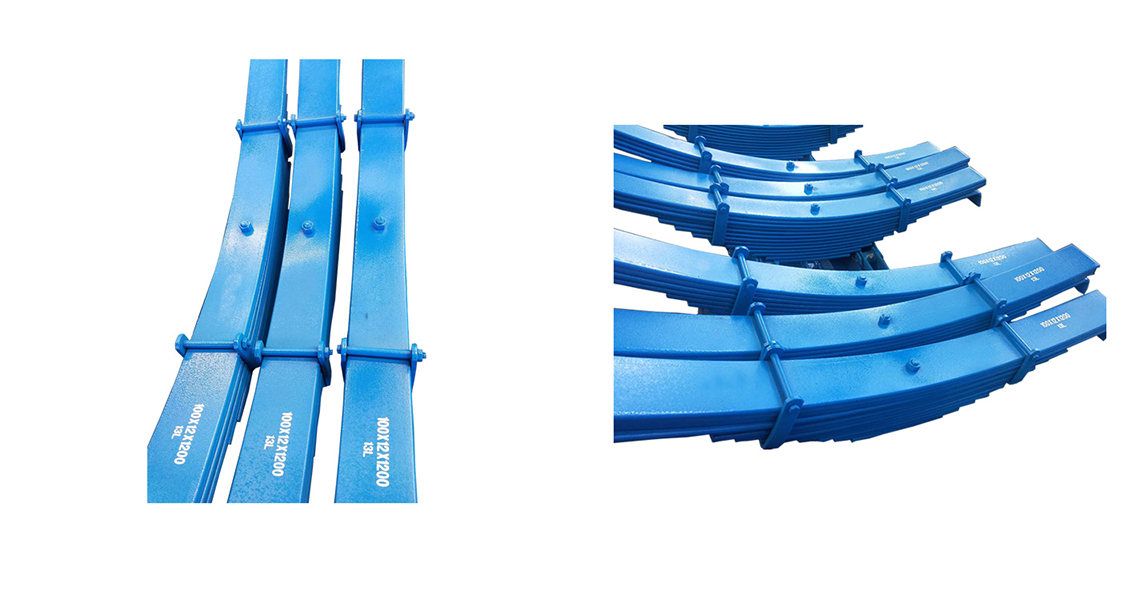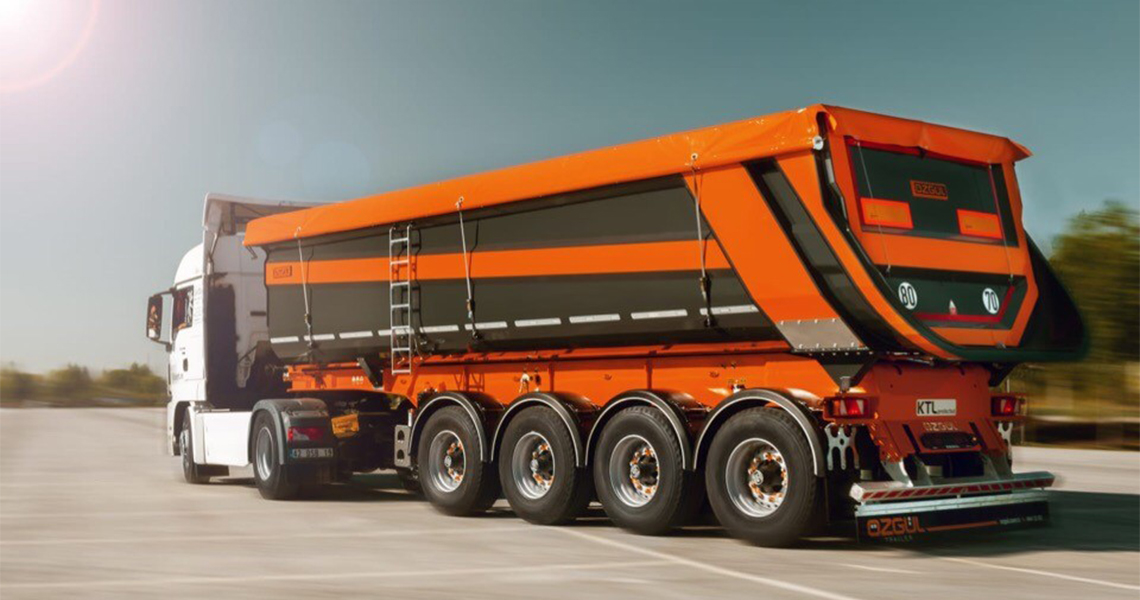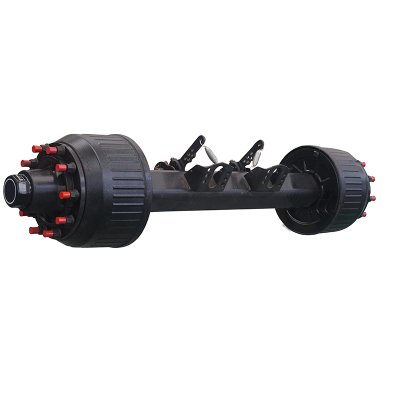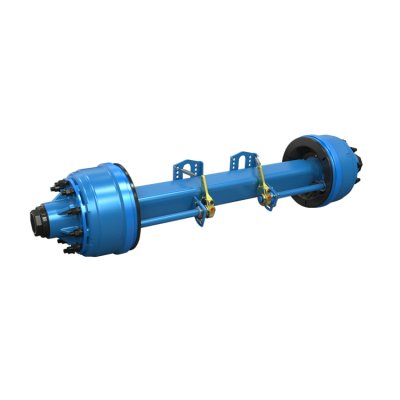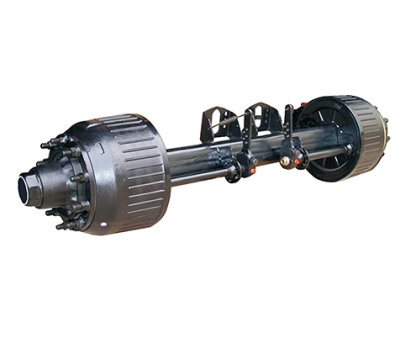Trailer Suspension Leaf Spring
20+ Years of experiences (since 2005)
Implementing IATF 16949-2016
Implementing ISO 9001-2015
Quality standards: GB/T 19844-2018, GT/T 1222-2007
Leaf length tolerance (mm): ±2 (Exceed spring industry standard ±3)
Camber tolearance (mm): ≤±6 (Exceed spring industry standard ±7)
Fatigue life ( cycles): >120,000+ (Exceed spring industry standard 100,000 cycles)
Product Description:
Leaf springs are commonly used in trailer suspensions due to their ability to handle heavy loads and provide durability under tough conditions. Here’s how leaf springs are typically utilized in trailer suspensions:
Load Support: Trailers often carry substantial loads, and leaf springs are well-suited to support these loads. The leaf springs distribute the weight evenly across multiple leaves, allowing the trailer to carry heavy cargo without sagging excessively.
Shock Absorption: When the trailer encounters bumps, potholes, or rough terrain, the leaf springs flex to absorb the shocks and vibrations. This helps to cushion the cargo and reduce the impact transmitted to the towing vehicle, providing a smoother and more stable ride.
Durability: Leaf springs are known for their robustness and ability to withstand prolonged use and heavy loads. This durability is crucial for trailers that may undergo frequent use over various terrains.
Simplicity: The design of leaf springs is relatively simple, consisting of multiple layers of spring steel (leaves) stacked on top of each other and secured with a center bolt or clamp. This simplicity contributes to easier maintenance and repair compared to more complex suspension systems.
Cost-effectiveness: Leaf springs are cost-effective to manufacture, making them a practical choice for trailers where cost efficiency is important without compromising on performance.
Overall, leaf springs remain a popular choice for trailer suspensions, particularly in applications where heavy-duty performance and reliability are paramount. They are commonly found in utility trailers, boat trailers, livestock trailers, and other types of hauling trailers used for various purposes.
Product Parameters:
Parameter | Sign | Chord | Chord | Total Pieces | Thickness/pc(mm) | Width(mm) | Assembly | |
XH3-90-10 | 1130 | 80 | 10 | 13 | 90 | 71 | ||
XH13-90-13 | 1130 | 80 | 13 | 13 | 90 | 79 | ||
XH12-100-12 | 1135 | 80 | 12 | 12 | 100 | 83 | ||
XH16-75-10 | 1110 | 90 | 10 | 16 | 75 | 71 | ||
XH16-90-9 | 1115 | 80 | 9 | 16 | 90 | 79 | ||
XH12-900-12A | 1200 | 120 | 12 | 12 | 100 | 95 | ||
XH16-90-9A | 1130 | 70 | 9 | 10 | 90 | 82 | ||
XH13-90-9A | 1120 | 80 | 9 | 13 | 90 | 62 | ||
Application:
The application of leaf springs in trailer suspension systems is integral to ensuring smooth and reliable transportation of various types of trailers. Here are some specific applications where trailer suspension leaf springs are commonly used:
Utility Trailers: Leaf springs are extensively used in utility trailers, which are designed for transporting goods, equipment, or materials over short to medium distances. These trailers often encounter rough roads or uneven terrain, and leaf springs help to absorb shocks and vibrations, providing a stable ride.
Boat Trailers: Trailers used for hauling boats often employ leaf springs due to their ability to handle substantial loads. Boat trailers need to support the weight of the boat and its accessories securely during transportation, and leaf springs provide the necessary load-bearing capacity and shock absorption.
Livestock Trailers: Leaf springs are also commonly found in trailers used for transporting livestock, such as cattle, horses, or pigs. These trailers must provide a smooth and stable ride to minimize stress on the animals. Leaf springs help to cushion the trailer from bumps and movements, ensuring the comfort and safety of the livestock.
Car Trailers: Trailers designed for transporting cars, whether for personal use or for automotive businesses, often utilize leaf springs. These trailers need to support the weight of vehicles securely and provide stability during towing. Leaf springs contribute to maintaining balance and reducing sway while in motion.
Flatbed Trailers: Flatbed trailers used for transporting goods, construction materials, or equipment over long distances frequently rely on leaf springs for their robust suspension capabilities. Leaf springs help distribute the weight evenly across the trailer, ensuring stability and minimizing wear and tear on both the trailer and the towing vehicle.
Off-road Trailers: Trailers designed for off-road use, such as camping trailers or rugged terrain trailers, benefit from the durability and resilience of leaf springs. These trailers often encounter challenging environments where shocks and vibrations are more pronounced, and leaf springs provide reliable suspension to navigate such conditions effectively.
In each of these applications, leaf springs play a crucial role in supporting heavy loads, absorbing shocks, and maintaining stability during transportation. They are chosen for their simplicity, durability, and cost-effectiveness, making them well-suited for a wide range of trailer types and environments.
